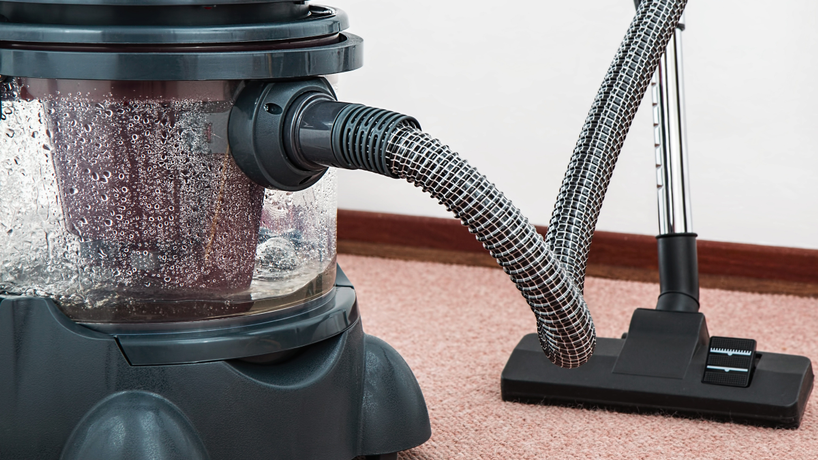
Can I Repack My Foam Mattress?
Josie SivignyThere are all kinds of reasons you may find yourself staring at your mattress, contemplating ways to somehow origami it into the back of your Fiat (A swan perhaps?). Maybe you’re moving to a new city for your dream job or just swapping rooms with your downstairs roommate so you can have the good bathroom, whatever your reason, moving your mattress should be as easy as possible. Before you start down a DIY mattress compression rabbit-hole on Youtube, take it from the pros.
But It Fit In That Box The First Time
Yes. It totally did. And logic would tell you that it absolutely could happen again, we get that. We’ve even seen it done, if we’re being 100% honest with you, but there are a few things to consider before you borrow your neighbor’s shop vac. When we compress our mattress that first time around, the amount of pressure we apply is done completely by factory-grade machinery and a vacuum typically can’t offer the same effect, so it may not shrink down to as convenient of a size as you’d hope.
The other problem that may arise, or rather, won’t arise, is the potential for the foam to be damaged and to lose some of its loft. Prolonged compression of the foam in most mattresses might cause it to stop bouncing back, which can not only change how it feels, but cause it to degrade sooner.
That being said, we know it has been done before and it will certainly be done again, but vacuum sealing your mattress isn’t recommended. If you’re going to get a little brave be sure to check your mattress warranty before making any moves!

So, Can I Fold A Foam Mattress?
Fitting it into a back seat or rolling it up stairs would be much easier at half the size—this is also a logical thought. Depending on the thickness of your mattress, the answer might be a little less prohibitive than re-sealing it. If you’re able to fold it for short periods of time, you might be able to transport it a little easier. This is ideal for a futon or thin foam mattress, but not so much for anything thicker than a few inches.
A thicker mattress likely can’t be folded—including Tuft & Needle mattresses. Foam mattresses are definitely more flexible than traditional mattresses, maneuvering around corners with much more ease.
If you are going to fold a mattress, be wary of the damage that could be. Prolonged folding of the foam could also create a similar problem to vacuum-sealing it—the pressure may cause permanent damage to the foam, which isn’t ideal for anyone. Creasing the foam might leave a mark, which could impact the support offered by your mattress as well as create a visible indentation under your sheets.
Check out this article on how to move your mattress for less risky ways to get the job done!



